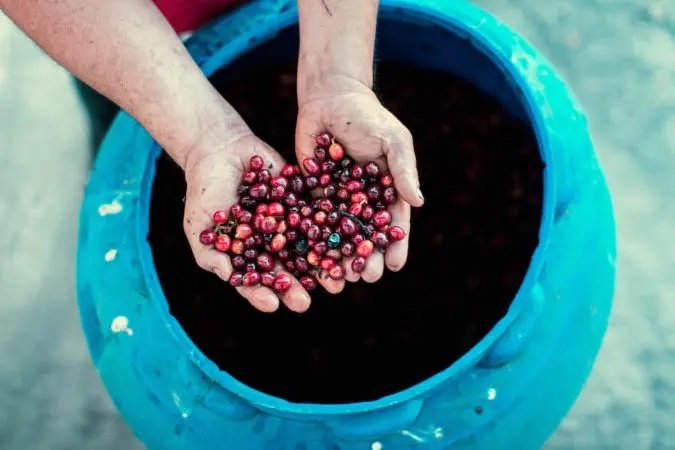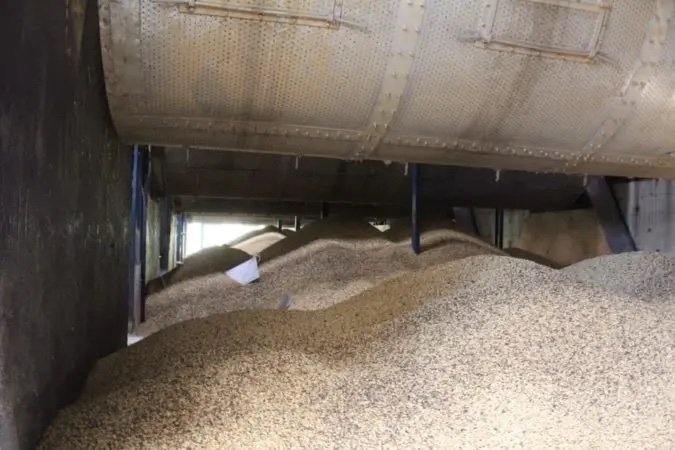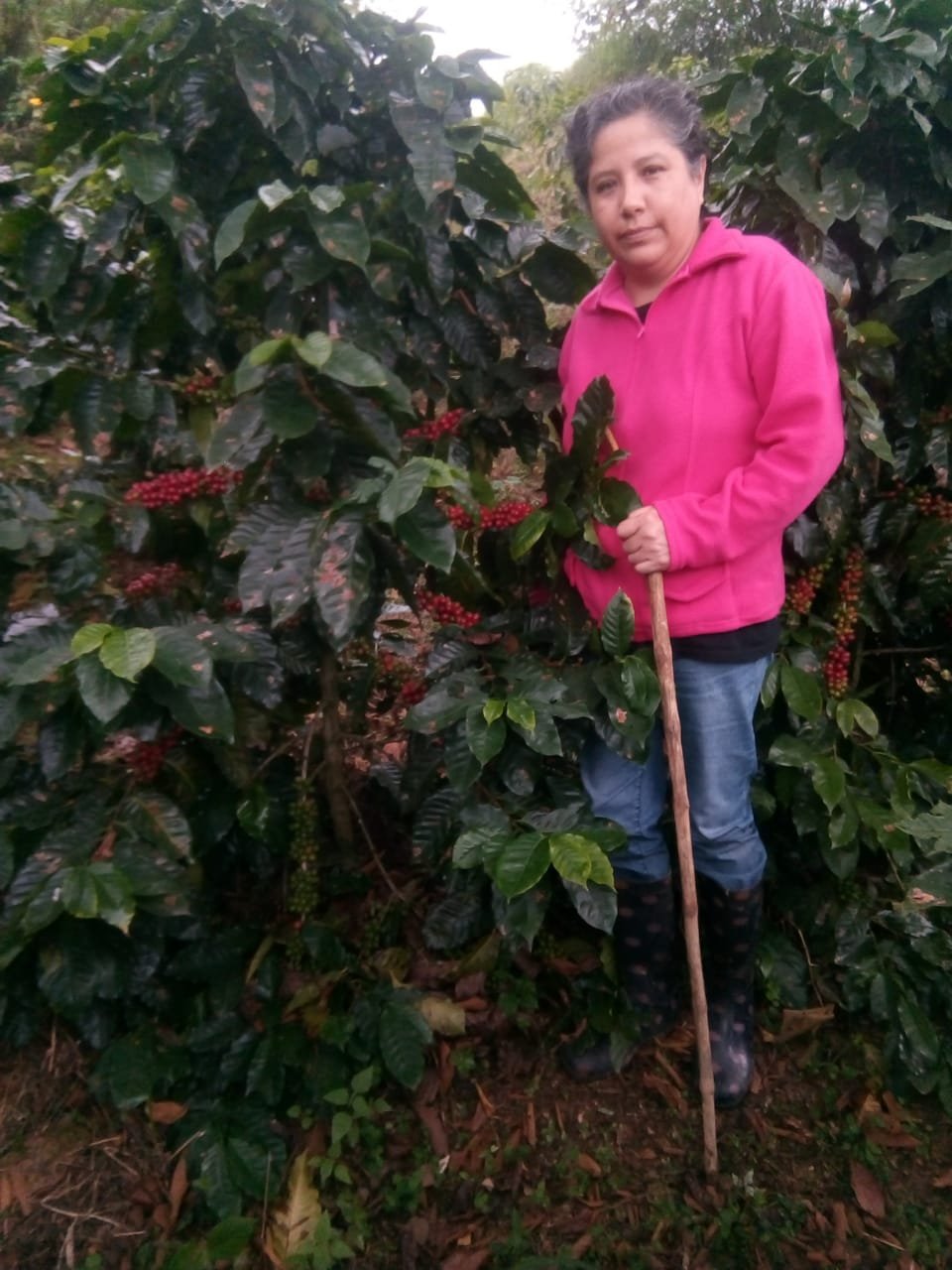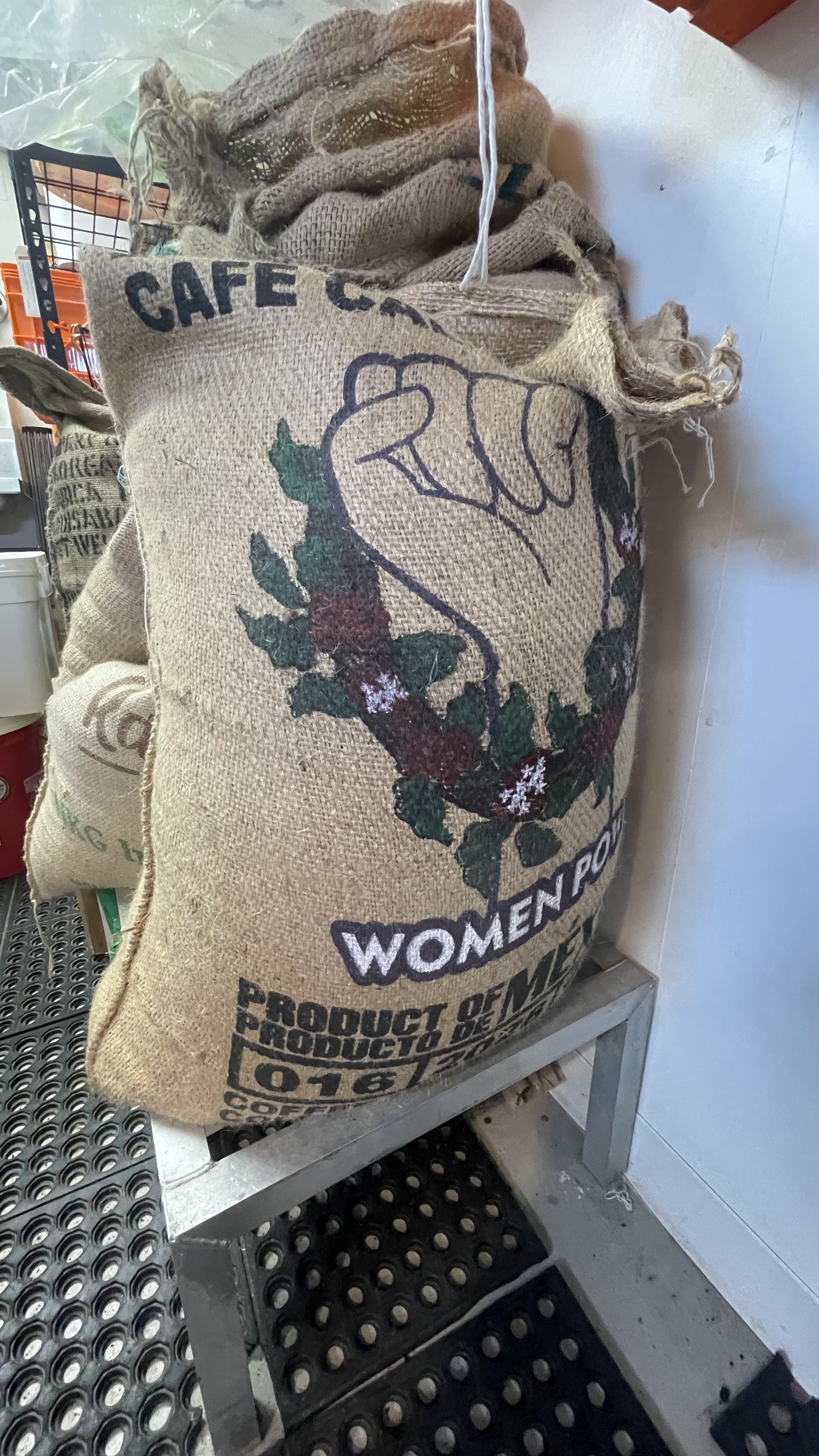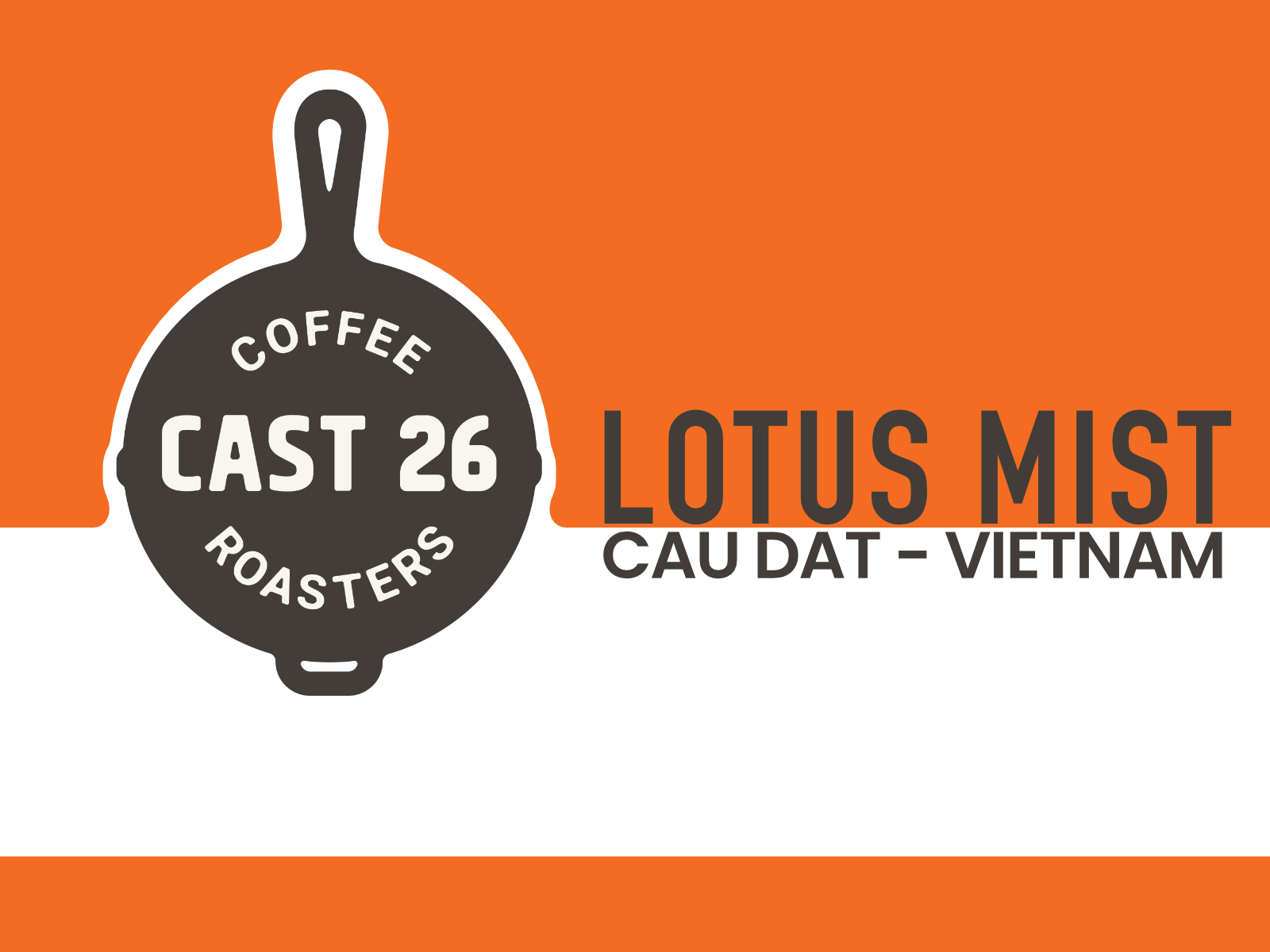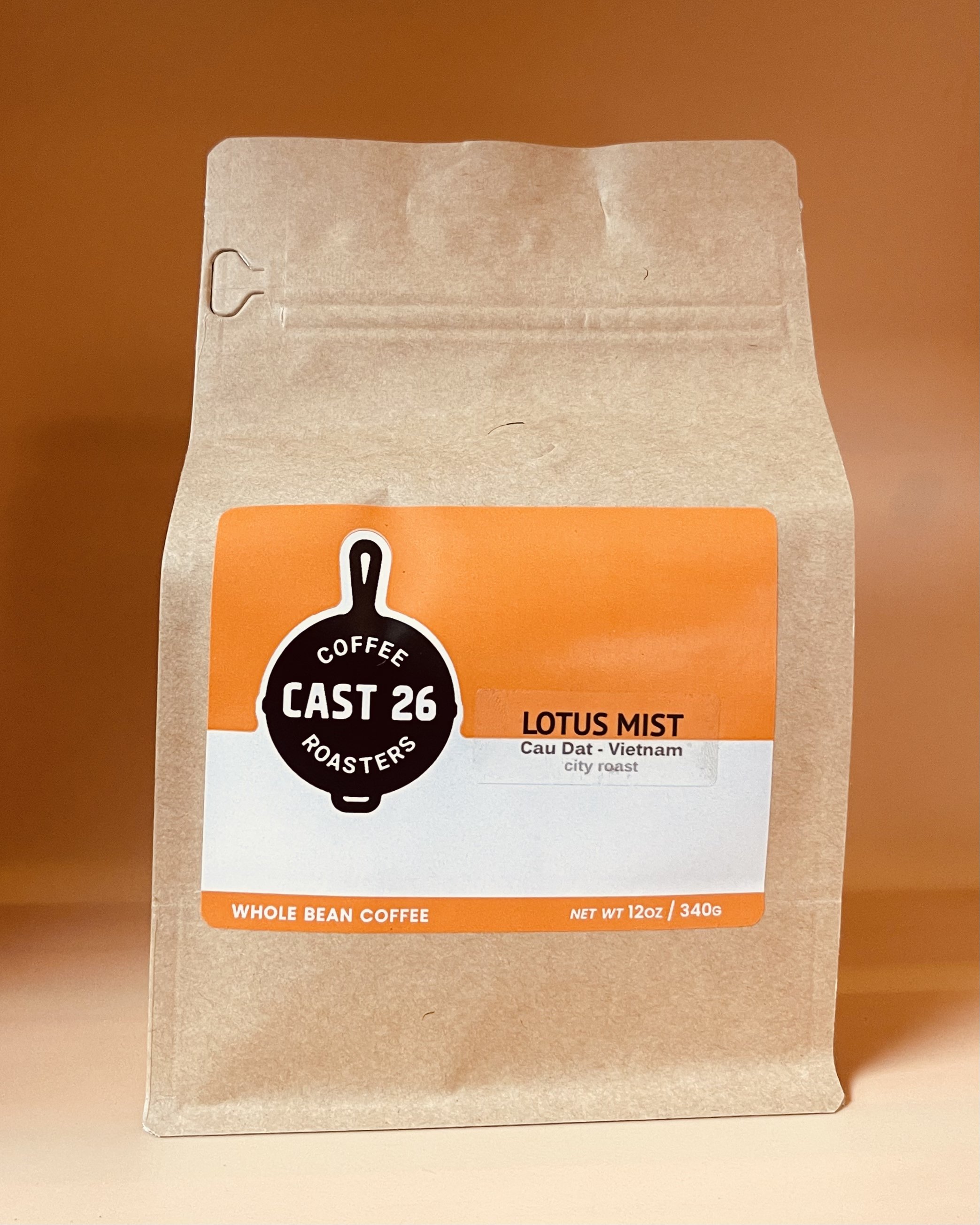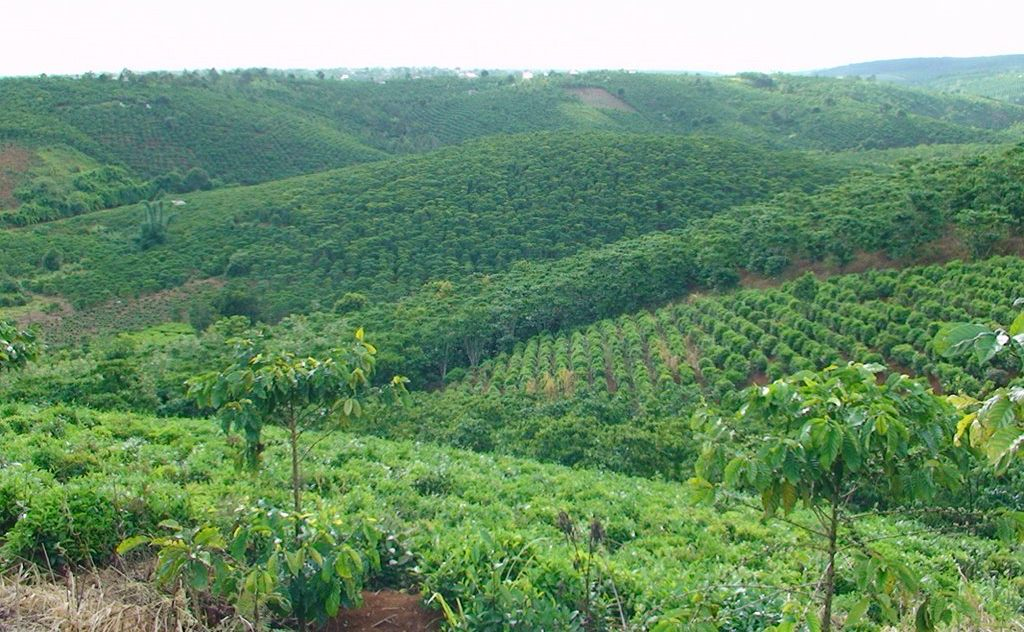 Image 1 of 3
Image 1 of 3

 Image 2 of 3
Image 2 of 3

 Image 3 of 3
Image 3 of 3




Indian Monsooned Malabar
A tea of coffees, the malabar coffee cherry is harvested and processed during the monsoon rains to produce a bean with a unique and delicious flavor. This earthy coffee is sweet and fruity, with hints of citrus and a clean finish.
The history of the Monsooned Malabar dates back to the British Raj (1858 to 1947) when the British crown ruled over the Indian subcontinent. Indian coffee, packed in barrels, absorbed six months of sea air on their voyage around the Cape of Good Hope, arriving in England lighter in color, swollen in size, and with a unique taste. As packaging modernized, and transporation became quicker, the demand for this special coffee continued.
Indian coffee producers responded by developing a method of recreating this coffee. The monsooning process involves exposing coffee beans to moisture-laden winds from the Arabian Sea during the summer Monsoon months. The beans are raked, bulked, and re-bagged frequently during the 12 to 16 week process. Absorbing moisture in stages, the beans swell to nearly twice their original size and develop colors ranging from pale gold to light brown. After several weeks, the coffee is moved to a drier region for longer-term storage.
It’s a bean that works great in drip or pour-over, and its a creamy texture makes an excellent espresso.
City/Medium roast is recommended.
A tea of coffees, the malabar coffee cherry is harvested and processed during the monsoon rains to produce a bean with a unique and delicious flavor. This earthy coffee is sweet and fruity, with hints of citrus and a clean finish.
The history of the Monsooned Malabar dates back to the British Raj (1858 to 1947) when the British crown ruled over the Indian subcontinent. Indian coffee, packed in barrels, absorbed six months of sea air on their voyage around the Cape of Good Hope, arriving in England lighter in color, swollen in size, and with a unique taste. As packaging modernized, and transporation became quicker, the demand for this special coffee continued.
Indian coffee producers responded by developing a method of recreating this coffee. The monsooning process involves exposing coffee beans to moisture-laden winds from the Arabian Sea during the summer Monsoon months. The beans are raked, bulked, and re-bagged frequently during the 12 to 16 week process. Absorbing moisture in stages, the beans swell to nearly twice their original size and develop colors ranging from pale gold to light brown. After several weeks, the coffee is moved to a drier region for longer-term storage.
It’s a bean that works great in drip or pour-over, and its a creamy texture makes an excellent espresso.
City/Medium roast is recommended.


